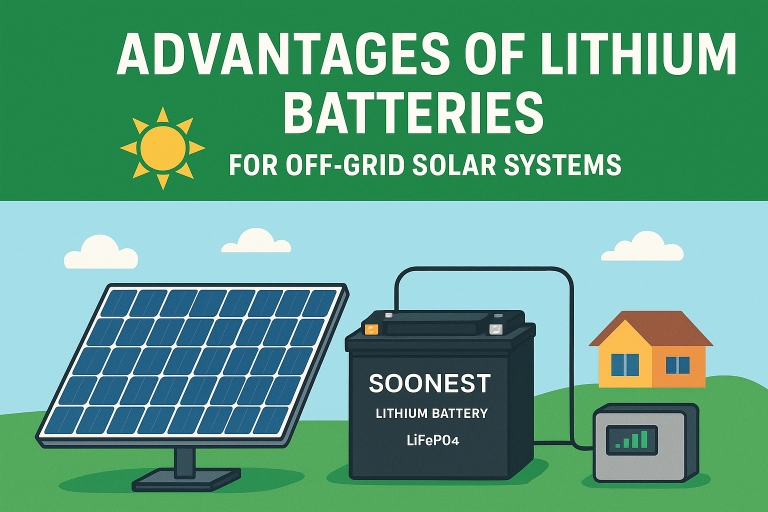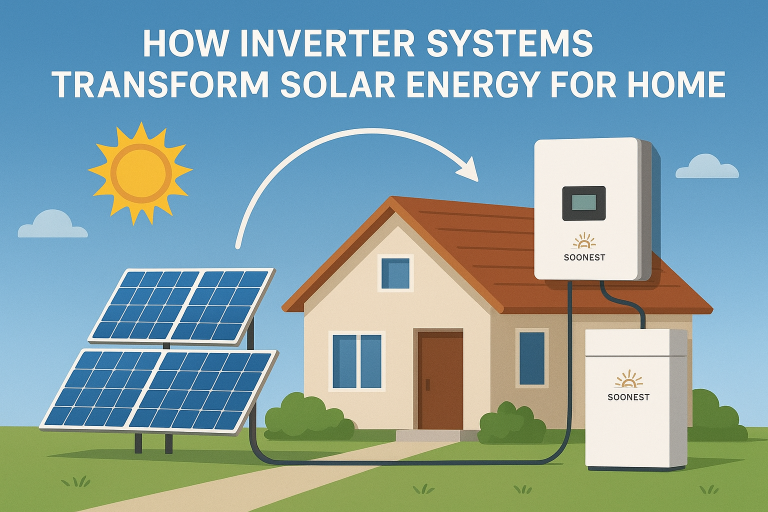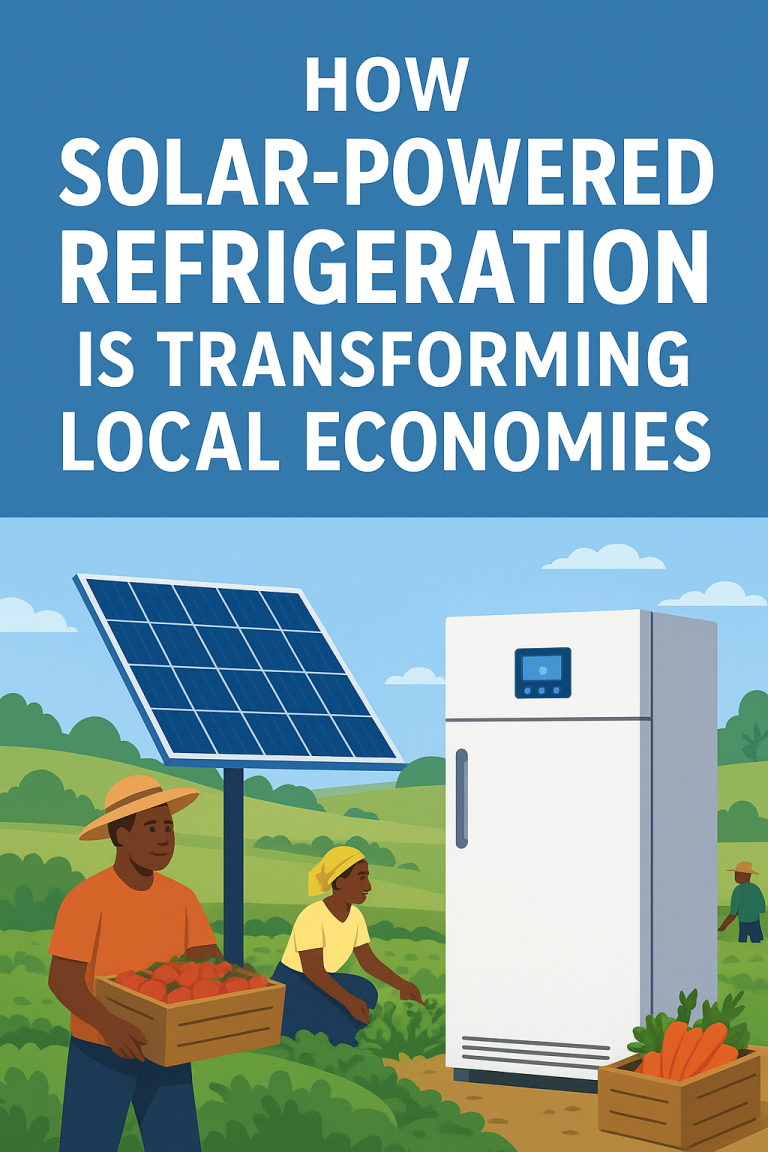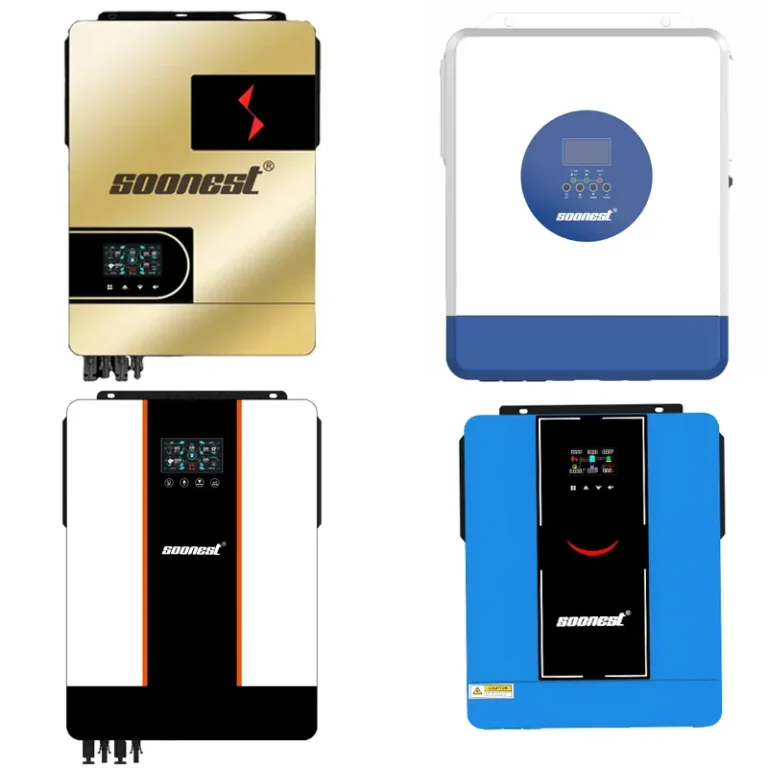Lots of people are excited about using solar power to live off-grid or save energy. A big question they have is: how many Solar Panels does it take to run a refrigerator? A fridge might seem like a small thing, but it needs power all the time to keep food cold. That means you need a smart plan to make it work with solar energy.
In this guide, we’ll show you how to figure out how many Solar Panels you need. We’ll also explain the parts of a solar system. Plus, we’ll share why Soonest is a great pick for awesome, safe solar gear for homes and businesses.
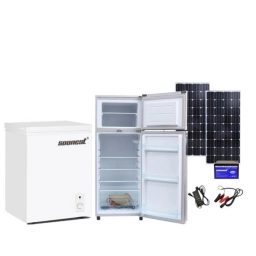
Understanding Refrigerator Power Use
Before you choose Solar Panels, you need to know how much power your fridge uses. Fridges don’t run all day without stopping. They turn on and off to keep things cold. To find out your fridge’s power, check the label inside or on the back. It usually shows a number like 100 watts, 150 watts, or 300 watts. That’s how much power it uses when it’s running. But fridges also need a big burst of power to start up. This burst only lasts a few seconds. For a typical 300-watt fridge, it might run about 8 to 12 hours a day, on and off. This means it uses around 1.2 to 2.4 kilowatt-hours (kWh) of power daily. Small or super-efficient fridges might use less. Big or older fridges might need more.
How to Figure Out Solar Panel Needs
Step 1: Know Your Fridge’s Energy
Let’s say your fridge needs 1.8 kWh of power every day. This number is super important. It helps you know how many Solar Panels you need to keep your fridge running all the time.
Step 2: Check Solar Panel Power
The power a Solar Panel makes depends on its size and how much sun your area gets. Sunny hours are called “peak sun hours.” A 400-watt Solar Panel can make about 1.6 to 2.0 kWh a day if you get 4 to 5 sunny hours. A 300-watt Solar Panel might give you 1.2 to 1.5 kWh a day. The more sun you have, the more power you get.
Step 3: Calculate How Many Panels
To figure out how many Solar Panels you need, divide your fridge’s daily power by the panel’s daily power. If your fridge uses 1.8 kWh a day and a 400-watt panel makes 2.0 kWh, you do 1.8 divided by 2.0. That’s about 0.9, so you need 1 panel. But it’s smart to add an extra panel for safety. So, you might need 2 Solar Panels. In cloudy places or during winter, 3 or 4 panels are better. This helps if you use batteries to store power.
Parts You Need for a Solar System
Running a fridge with Solar Panels needs more than just panels. You need a full system to keep power steady day and night. Fridges use AC power, but Solar Panels make DC power. An inverter changes DC to AC. It has to handle the fridge’s big startup burst, which can be 2 to 3 times its normal power. It also needs to give clean power for fridges with motors. Soonest’s MY Series and FY Series hybrid inverters are super cool for this. They protect against big startup bursts, track Solar Panels to get the most power, give clean AC power, and work with batteries for hybrid setups.
If you want power at night or on cloudy days, you need batteries. For a fridge using 1.8 kWh a day, a 2 kWh battery is a good start. It’s wise to add extra for 2 or 3 days without sun. Soonest’s LiFePO4 batteries are awesome. They last over 6,000 charges and work well in hot or cold weather. They also fit great with hybrid inverters.
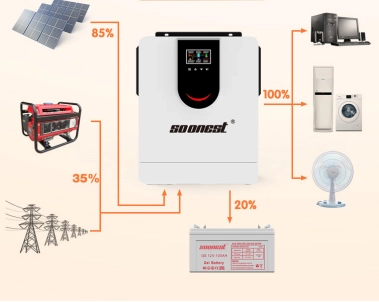
A charge controller keeps your battery safe from too much power. It helps energy flow smoothly. Soonest’s hybrid inverters have built-in MPPT charge controllers. These work really well with big Solar Panel setups.
Examples of Real Systems
For a home fridge in a sunny place, you might have a 150-watt fridge that uses about 1.2 kWh a day. You could use 2 Soonest 300-watt Solar Panels, a 2.5 kWh LiFePO4 battery, and an MY Series 3kW hybrid inverter. This setup works great for a house with lots of sun.
For a shop fridge in a cloudy place, you might have a 300-watt display fridge that needs 2.8 kWh a day. You could use 4 Soonest 400-watt Solar Panels, a 4 kWh battery, and an FY Series 5kW inverter with app monitoring. This keeps the fridge running, even with less sun.
Things That Affect Solar Power
Lots of things can change how well your solar-powered fridge works. Cloudy days or short winter days mean less power. Adding extra Solar Panels helps keep things running. Pointing panels south in places like the U.S. or Europe gets the most sun. Tilting them to match your area’s latitude helps too. Hot weather can make Solar Panels less efficient. Soonest’s panels have special coatings to fight dust and heat, so they keep working well. Some power gets lost in the inverter or wires. Batteries also lose a bit when storing power. Plan for an extra 15 to 20% in your system to cover these losses.
Why Pick Soonest?
Soonest has been making solar gear for over 20 years. They’re known for safe, certified Solar Panels and inverters with CE, ROHS, and UL marks. They make custom setups for homes, farms, or businesses. Their systems power phone towers, clinics, water pumps, and electric car chargers. Soonest offers Solar Panels from 300W to 700W. They also have All-in-One inverter-battery combos. These make it easy to set up and grow your system.
Conclusion
To run a refrigerator with solar power, you usually need 2 to 4 strong Solar Panels. You also need a good inverter and battery backup. A 300-watt fridge might need 3 400-watt Solar Panels and a 2 to 3 kWh battery. This depends on where you live and how big your fridge is. With Soonest’s trusted gear, you get safe, reliable solar solutions. Their equipment works for homes, food trucks, or off-grid setups. Contact Soonest to build a system that fits your needs perfectly.
FAQ
Q1:Can I run a fridge without a battery?
A: You can run a fridge without a battery, but only when the sun’s out. Fridges need power all the time to stay cold. A battery makes sure it runs day and night.
Q2: How much battery power do I need?
A: For a fridge using 2 kWh a day, get a 2.5 to 3 kWh battery. Soonest’s LiFePO4 batteries are expandable. You can add more if you need them.
Q3: Will a 100W Solar Panel run a mini fridge?
A: A 100W Solar Panel might work for a tiny fridge using less than 0.5 kWh a day in sunny conditions. But a 200W or 300W Solar Panel is a safer choice.

